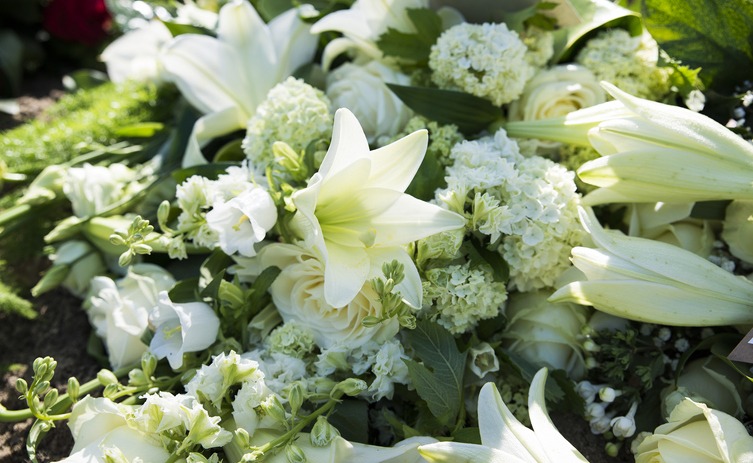Nationality and religion play a big part when it comes to the traditions of Asian cultures. When it’s time to express your condolences to a friend from another culture, you may not be sure of what kinds of flowers to send or if you should even give flowers at all. Certain etiquette and tips can ensure that the flowers you bring for Asian funerals are appropriate and send a sympathetic message.
But since Asians are not a homogenous group – there are many nations and a number of religions and traditions – so the acceptable sympathy flowers of different Asian families vary substantially. Here are some tips that could help you decide what Asian funeral flowers to send to the family of the deceased:
China
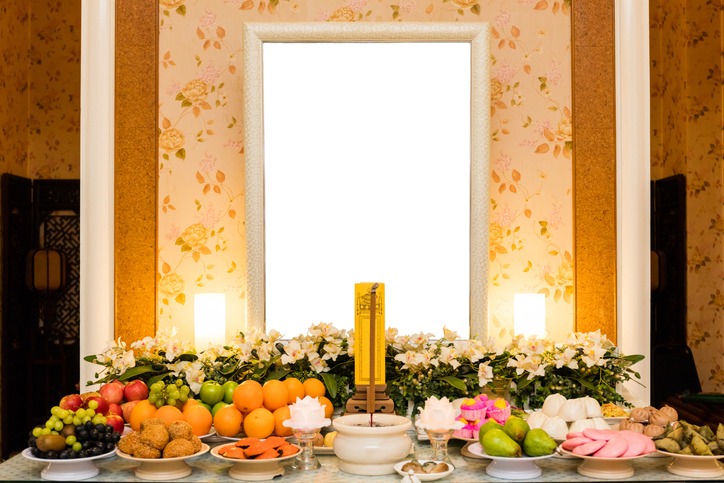
In Chinese cultures, color symbolism is important, which also applies to funeral flowers. In China and in much of Asia, the color white is associated with death and grief, so white flowers are an appropriate choice. Lilies and chrysanthemums are great choices, particularly in white and yellow. White iris flowers are traditional for families from certain regions of China. Roses are also acceptable, but only in white.
However, in the case of an elder who lived for 80 years old and older, red flowers and often a red casket interior will be appropriate. Both visitations and funerals may include large wreaths and sprays of flowers. In fact, in Chinese cultures, it’s not uncommon for flowers to fill a room.
The women in the family often wear flowers in their hair for mourning. The color of the flower depends on their relation to the bereaved loved one:
- White – wife, daughter, daughter-in-law
- Green – grandchildren
- Blue – great-grandchildren
- Red – great-great-grandchildren
Korea
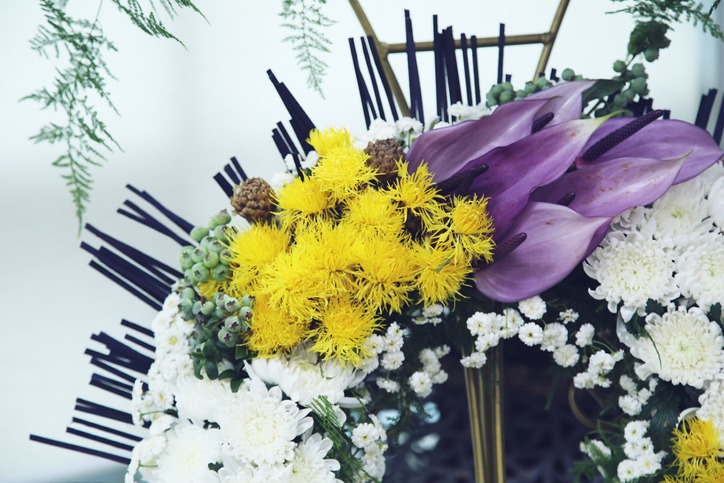
Like China, white is their color for death and mourning, and red is considered inappropriate for a funeral. White and yellow chrysanthemums are commonly associated with funerals.
Generally, organizations and businesses give funeral flowers to Koreans, which are often in the form of large flower stands with flowing ribbons. Sending a bouquet of flowers to a funeral isn’t common in Korean culture – a gift of money to the bereaved family is more traditional. But if you do want to give flowers, white and yellow mums are appropriate.
Japan
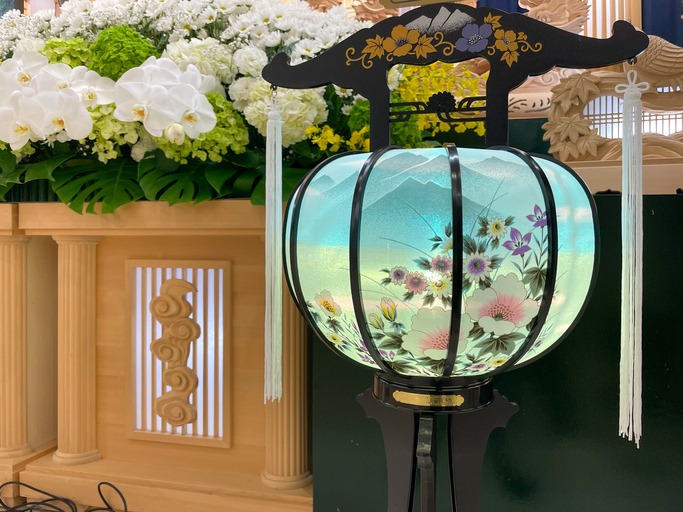
In general, flowers are not a significant part of the Japanese funeral culture. Just like in Korea, giving money to the bereaved family to help with the funeral expenses is more common. You will likely see plenty of flowers at a Japanese funeral, but they are chosen by the family to decorate the casket.
Still, flowers in yellow and white, like lilies and chrysanthemums, won’t be considered inappropriate. Large funeral wreaths are also welcomed, and these are customarily burned along with the body.
South Asia
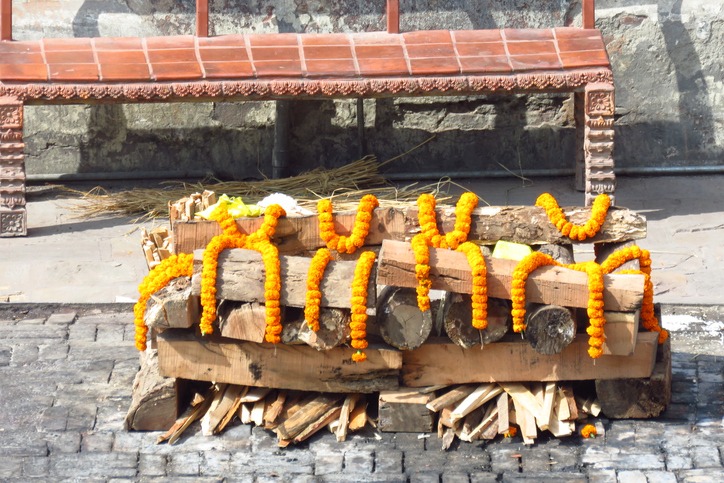
Islam and Hinduism are the most common religions in South Asian nations, including India, Bangladesh, and Nepal. Bhutan and Sri Lanka are predominantly Buddhist.
If you are aware of the religious affiliation of the deceased and their family, it’s wise to confirm the flower customs of that religion when choosing flowers to bring to their funeral.
Buddhist – White is a traditional color for mourning, and red is inappropriate because it is associated with joy and celebration. You can check in first with the family if they accept flowers. In Buddhism, the go-to condolence flowers are in yellow or white. People would often choose lilies, chrysanthemums and lotuses, as they represent purity, peace and freedom. Other acceptable funeral flowers include orchids and carnations. White flowers symbolize purity and emancipation – being freed from this lifetime to welcome enlightenment or reincarnation. In the same way, yellow flowers represent the soul’s journey towards enlightenment.
Hindu – Flowers are a big part of the funeral tradition for Hindu culture, but it is not customary for a friend to send them to the family. Like in Japan, you will likely see some flowers at the funeral, but the family often chooses and provides them. If you want to send sympathy flowers to the family, it’s acceptable but not expected. And if you’re going to send flowers, it’s better to wait until after the funeral and cremation to send sympathy flowers. Since flowers are not a traditional sympathy gift for Hindu people, there are no specific flowers accepted – you can choose whatever feels right for you.
Islam – Flowers are not a usual or a traditional expression of sympathy in Muslim cultures. It may or may not be appropriate, depending on the family’s beliefs. If you’re thinking of sending sympathy flowers to a Muslim family, it’s best to check with the funeral home or their religious leader to see if it’s acceptable. But even if the family prefers not to receive sympathy flowers, you will likely see some that the family has chosen to decorate the casket at the funeral.
Southeast Asia
In the Southeast, there’s a broad mix of religions in countries like Thailand, Vietnam, Myanmar, the Philippines, Singapore, and Indonesia. Their religions include Islam, Buddhism, Hinduism, and Christianity. If the bereaved family is religious, it’s best to follow the leading of their religious traditions when it comes to funeral flowers. Usually, white flowers like mums, lilies, and carnations are a safe choice.
In Thailand, Buddhism is one of the major religions, and traditional cremation ceremonies use artificial flowers made from sandalwood, as it was believed that the fragrance of the wood would lead souls of the deceased to heaven.
In Vietnam, bringing flowers is a sign of respect to the deceased and his or her family members. The most beloved flowers for them is the white lotus, which represents a metaphor for the cyclical nature of life, symbolizing regeneration and purification.
Meanwhile, in the Philippines, flowers such as orchids, Malaysian mums and lilies are the most common flowers they offer to their departed loved ones. The funeral is not just about remembering and mourning the life of the dead, but also a symbolism of the love they have as a family.
